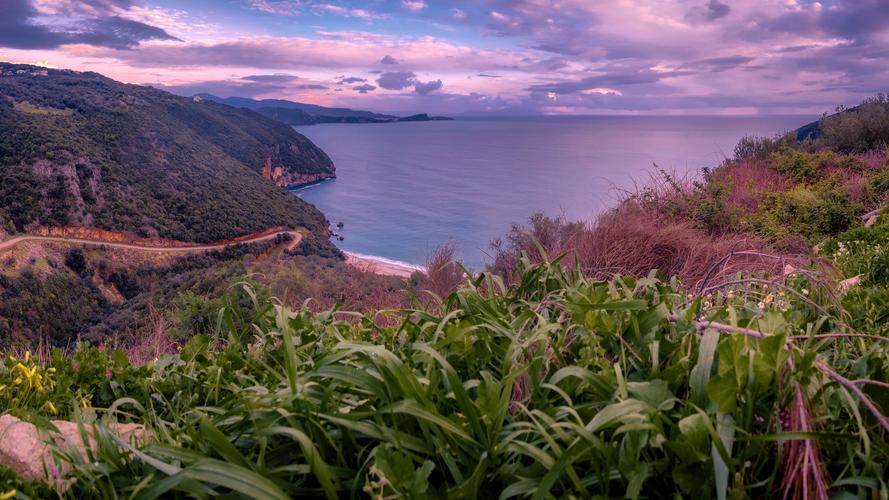Exploring the Intersection of Cultural Heritage and Geography: An Insightful Journey
The world we live in is home to countless cultures, each with its unique practices, beliefs, and traditions. These cultural characteristics are not just limited to people but can also be traced in the land they occupy. Across the globe, there exist cultural landscapes that embody the different cultures that have existed in them through the years.
Cultural heritage sites are a representation of the rich history and traditions of the world we live in. They are landmarks of the customs that have been passed down from generation to generation and have shaped the way we live now. These sites can be found in every region, have different forms, and possess historical significance. It’s fascinating to look at how geography and culture intersect to create these beautiful sites.
The Role of Geography in Cultural Heritage Sites
Cultural heritage sites make for breathtaking sights, and usually, they have a geographical connection. The topography, ecological setting, and natural resources of a given location may have played a fundamental role in shaping a particular region’s customs and traditions. For instance, the Nile River Valley was a crucial factor in shaping the ancient Egyptian civilization that we know today.
Regions with a unique climatic condition can also play a part in the cultural practices of a community. For example, Eskimos are well-known for only using icy regions to obtain their food, shelter, and clothing. In contrast, the Maasai tribes in Kenya and Tanzania discovered the art of hunting in grasslands as a source of food and shelter.
The Influence of Cultural Heritage on Geography
Recently, cultural heritage sites have played a vital role in shaping the geography of the areas they are located in. Tourism, for instance, has been a significant contributor to the growth of many towns and cities. Popularity attracts a lot of people to visit a particular site, injecting much-needed revenue into the local economy.
Furthermore, cultural heritage sites can also lead to environmental preservation, which is essential in today’s world. The ecological and historical significance of these sites make them worth preserving. The UNESCO World Heritage Sites list is a vivid example of how cultural sites with a geographical connection can lead to environmental protection policies.
Conclusion
Exploring the intersection between geography and cultural heritage is an insightful journey that reveals the tales of human history, the role of geography in shaping different cultures, and how cultural heritage sites can shape geographic locations. The significance of cultural heritage sites in today’s world cannot be understated, so it’s essential that every effort is put into preserving and understanding the beauty, diversity and richness of world cultures.
(Note: Do you have knowledge or insights to share? Unlock new opportunities and expand your reach by joining our authors team. Click Registration to join us and share your expertise with our readers.)
Speech tips:
Please note that any statements involving politics will not be approved.
